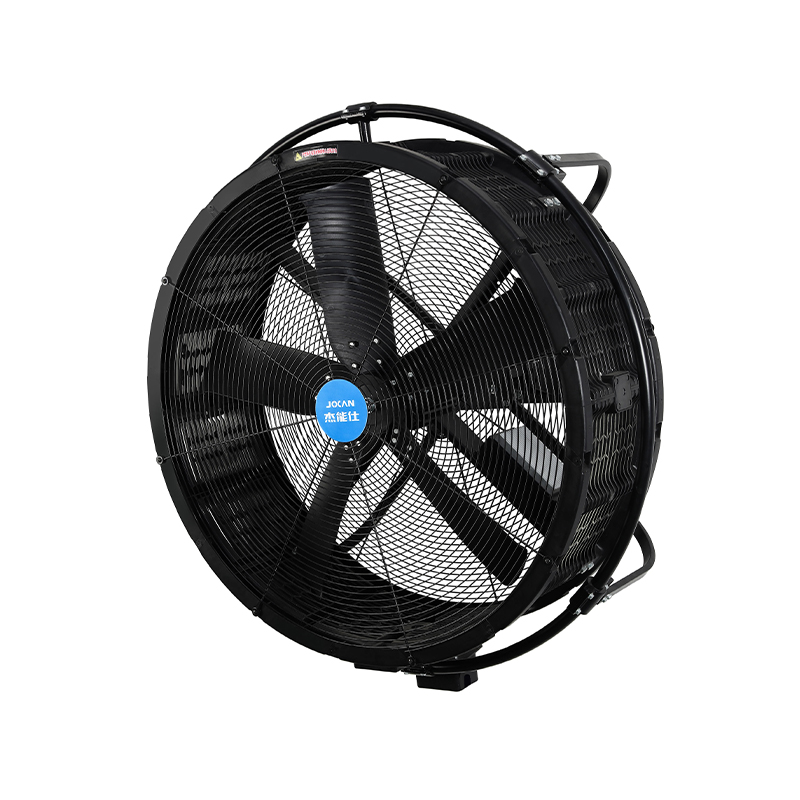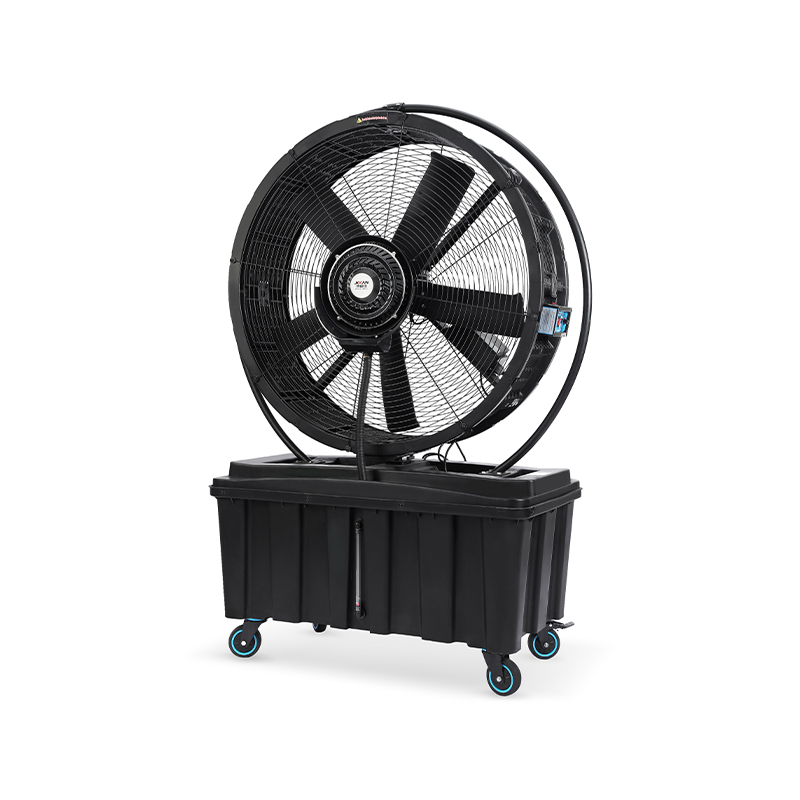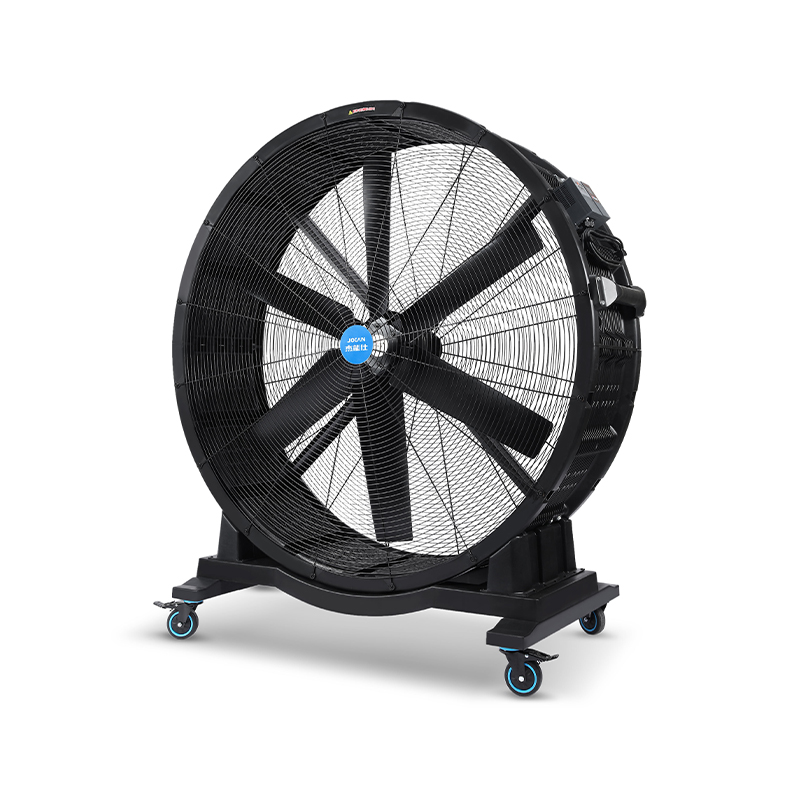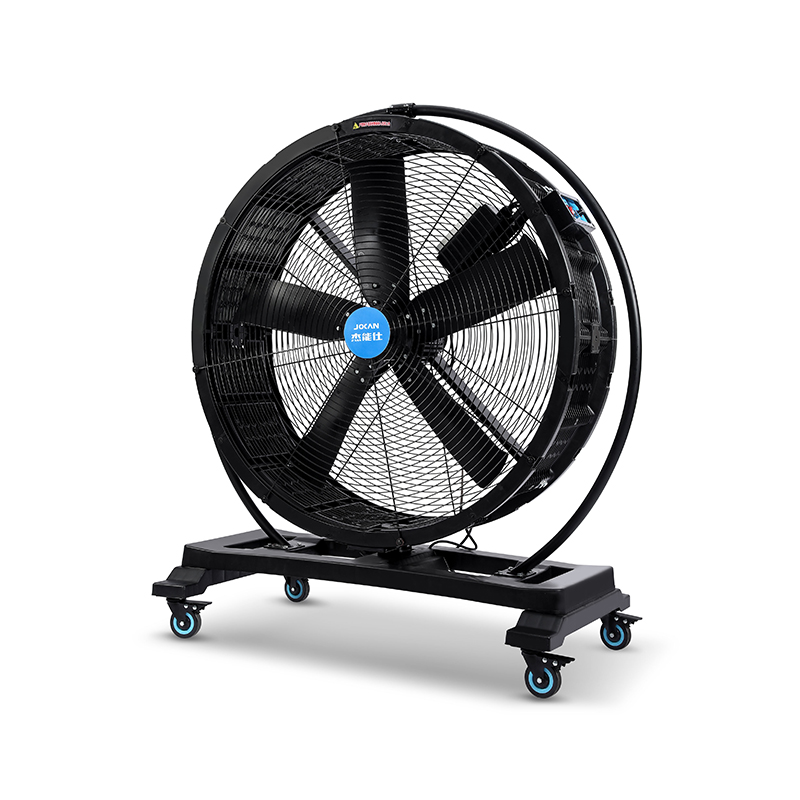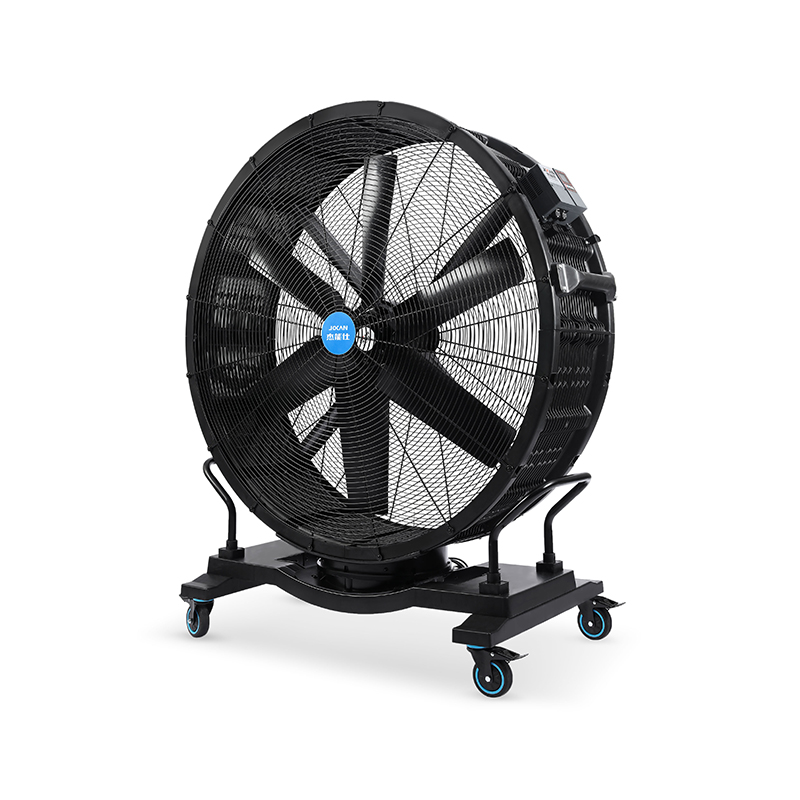As factories and facilities evolve with modern standards, so too must the technology behind industrial fans. A fan for vent duct applications, for example, is no longer just a basic mechanical tool but an integral component in ensuring air quality, temperature control, and operational efficiency. The rise in specialized needs has encouraged innovations in fan design, allowing industrial fans to meet the unique challenges of contemporary industrial settings.
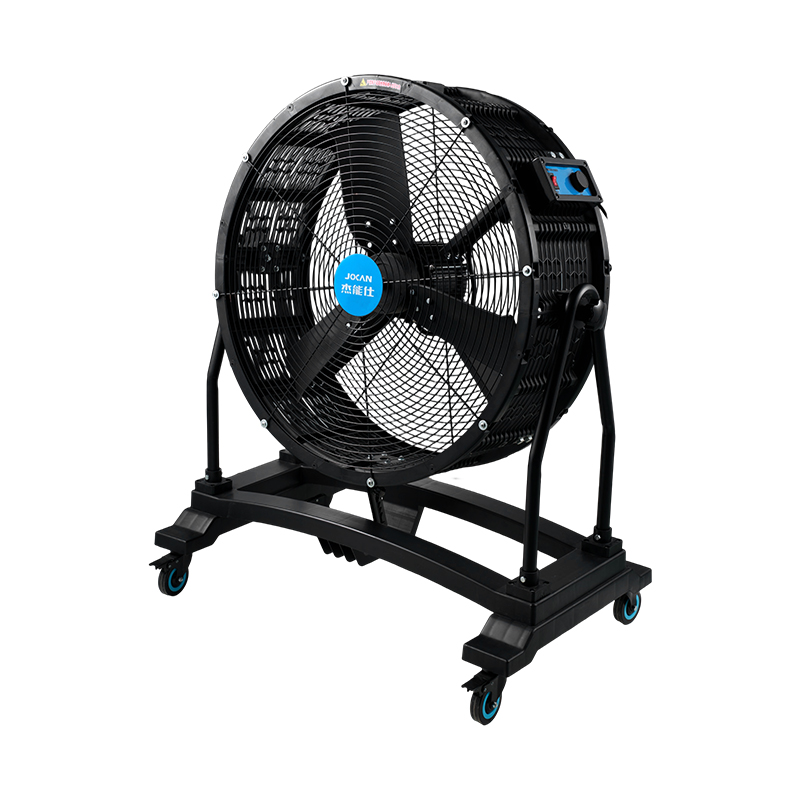
One key area of advancement is the development of the high volume industrial fan. These fans are designed to move large amounts of air efficiently across wide spaces, essential for ventilation, cooling, and maintaining a safe work environment. Unlike earlier models, today's high volume industrial fan integrates features that help reduce energy consumption while sustaining airflow at levels suited to various industrial processes. These fans can often be found in manufacturing plants, warehouses, and other large-scale facilities where effective air movement is critical.
Another important consideration is the integration of big metal ceiling fans into industrial spaces. These fans have grown in popularity for their ability to circulate air effectively while occupying little floor space. Big metal ceiling fans not only contribute to temperature regulation but also aid in reducing humidity and improving overall air circulation. Their robust construction ensures durability even in challenging industrial conditions, making them a reliable choice for maintaining environmental control.
A fan for vent duct installations plays a vital role in ensuring that ventilation systems work smoothly and efficiently. Proper duct ventilation helps prevent the buildup of heat, dust, and harmful fumes, which can pose safety risks and affect machinery performance. Modern fans for vent ducts are designed to fit seamlessly into complex duct networks, providing consistent airflow without excessive noise or energy use. Their design balances power with precision, making them a staple in many industrial ventilation systems.
High volume industrial fans have also been adapted with enhanced control systems, allowing operators to adjust airflow according to real-time needs. This flexibility means that facilities can optimize energy use and reduce wear on equipment by matching fan output to demand. In addition, these fans are often built with materials and coatings that withstand harsh industrial environments, increasing their service life. Such improvements highlight the ongoing trend of adapting fan technology to meet modern industrial demands.
Big metal ceiling fans contribute not only to practical air movement but also to improved worker comfort. By keeping air circulating efficiently in large open areas, these fans help maintain consistent temperatures and reduce the reliance on more energy-intensive cooling systems. This not only supports worker productivity but also aligns with efforts to implement sustainable practices in industrial operations.
When considering a fan for vent duct setups, it's important to choose models that support easy maintenance and reliable performance. Advances in industrial fan technology have resulted in designs that simplify routine cleaning and service, helping to reduce downtime. Modern vent duct fans are often equipped with features that prevent dust accumulation and facilitate quick inspections, which is crucial in maintaining healthy indoor air quality and system efficiency.
The evolution of the high volume industrial fan reflects the changing needs of industries worldwide. As production methods become more automated and sensitive to environmental factors, fans must keep pace. These fans are now capable of operating quietly while handling high airflow volumes, a balance that supports both industrial productivity and environmental comfort. Their integration into smart facility management systems further underscores their adaptation to modern needs.
Big metal ceiling fans have also embraced new technologies such as variable speed controls and advanced motor designs. These enhancements allow for more precise air movement and energy savings. With their sturdy build, these fans can withstand heavy-duty use while contributing to a healthier and more controlled industrial environment.
 Add: Plot 23, Huanglang Industrial Zone, Jinqing Town, Luqiao District, Taizhou City, Zhejiang Province
Add: Plot 23, Huanglang Industrial Zone, Jinqing Town, Luqiao District, Taizhou City, Zhejiang Province
 TEL: +86-13586083215
TEL: +86-13586083215

 English
English English
English عربى
عربى 한국어
한국어


